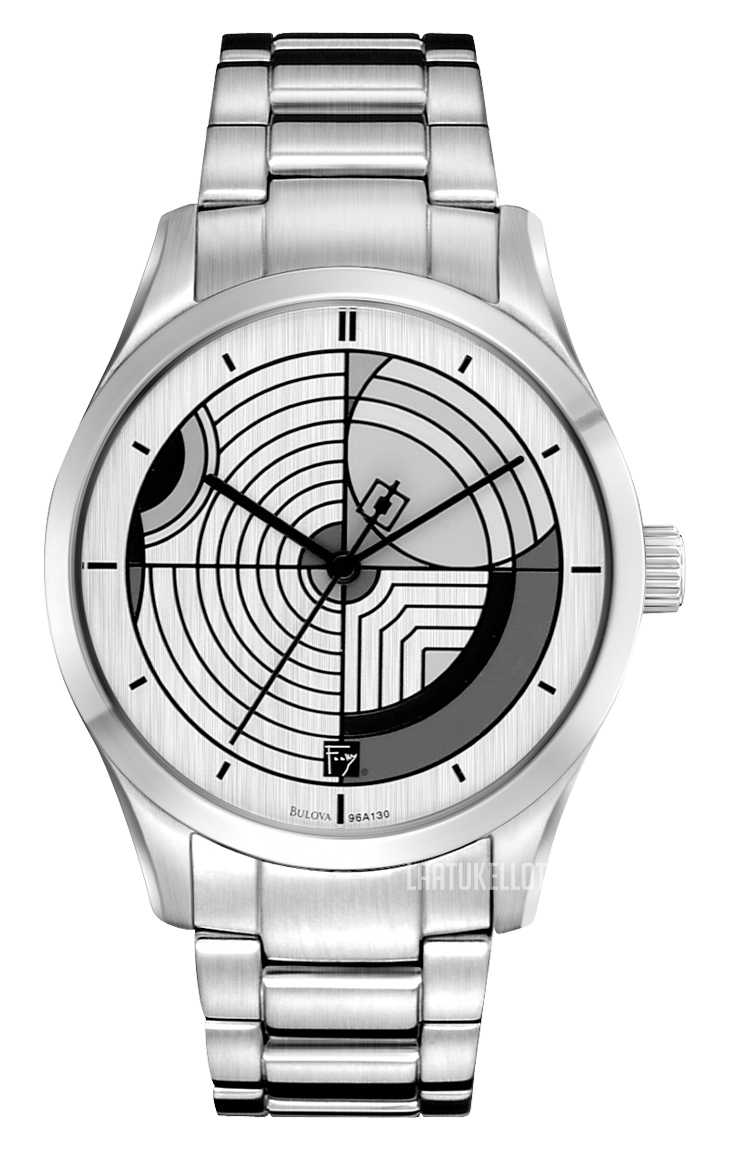My interest in the relationship between watches and architects started with the seminal designs of Max Bill for Junghans in the 1960s, which a friend alerted me to. Max Bill was a multidisciplinary Bauhaus artist and designer, whose remit included architecture. To my knowledge Junghans has kept reiterations of Max Bill’s designs in their catalogues ever since. His watch designs still enjoy considerable popularity and have influenced many minimalist and Bauhaus inspired pieces since.
![Image]()
In fact, I would argue that purchasing a Junghans Max Bill has turned out to be my gateway into watch collecting a few years ago. It was the first ‘serious’ watch I bought myself after having been gifted a nicely classical automatic Frédérique Constant eons before.
![Image]()
So, what is my purpose with this post? For long-term members among us, well over a decade ago @jporos started a thread on a somewhat similar pursuit: Architect/Artist Designed Fashion Watches. Now, if the passage of time wasn’t enough to revisit this, I up the ante by stating I’m not particularly interested in accessible ‘fashion brand watches’ penned or merely co-branded by architects. Nor am I necessarily looking for watches destined or deemed suitable for those in architectural professions. Instead, my double pursuit in this post is to discuss and build a visual collection of qualitative watches that:
We might end up discussing why the latter group of watch models are called ‘architect’ – these also exist among fashion brands (or indeed the unremarkable thirteen-to-the-dozen Architect London Personalised Watches For Men & Women | Engraved Minimalist Watches UK watch brand) – or what motivates architects to branch out into watch design. But I’d also appreciate just collecting and critiquing examples of watches you know of (or own) that reference architects. In addition, I have seen watch designs being described as ‘architectural’ in a figurative sense. So what constitutes an ‘architectural’ watch in watch design to you?
I’ll kick off by giving recent microbrand examples of each.
![Image]()
![Image]()
![Image]()
Over to you, lovely, knowledgeable, and interesting people of WUS.
In fact, I would argue that purchasing a Junghans Max Bill has turned out to be my gateway into watch collecting a few years ago. It was the first ‘serious’ watch I bought myself after having been gifted a nicely classical automatic Frédérique Constant eons before.
So, what is my purpose with this post? For long-term members among us, well over a decade ago @jporos started a thread on a somewhat similar pursuit: Architect/Artist Designed Fashion Watches. Now, if the passage of time wasn’t enough to revisit this, I up the ante by stating I’m not particularly interested in accessible ‘fashion brand watches’ penned or merely co-branded by architects. Nor am I necessarily looking for watches destined or deemed suitable for those in architectural professions. Instead, my double pursuit in this post is to discuss and build a visual collection of qualitative watches that:
1. Have been designed by architects (or designers who also practiced architecture)
or
2. Watches that explicitly reference architects (for example in the model name).
We might end up discussing why the latter group of watch models are called ‘architect’ – these also exist among fashion brands (or indeed the unremarkable thirteen-to-the-dozen Architect London Personalised Watches For Men & Women | Engraved Minimalist Watches UK watch brand) – or what motivates architects to branch out into watch design. But I’d also appreciate just collecting and critiquing examples of watches you know of (or own) that reference architects. In addition, I have seen watch designs being described as ‘architectural’ in a figurative sense. So what constitutes an ‘architectural’ watch in watch design to you?
I’ll kick off by giving recent microbrand examples of each.
- Designed for microbrand Bravur by Gert Wingårdh, because it was my first microbrand watch:
- Estonia 1918 Arhitekt, because I am rather taken with this pretty high-end offering (I found out about this watch brand via WUS thanks to @Finnish Joe)
- Batavi Architect, because it is from my motherland (pictured is ‘blue steel’ which I find most in keeping with minimalist expectations, but they did various dial materials, colours, and designs so far)
Over to you, lovely, knowledgeable, and interesting people of WUS.























